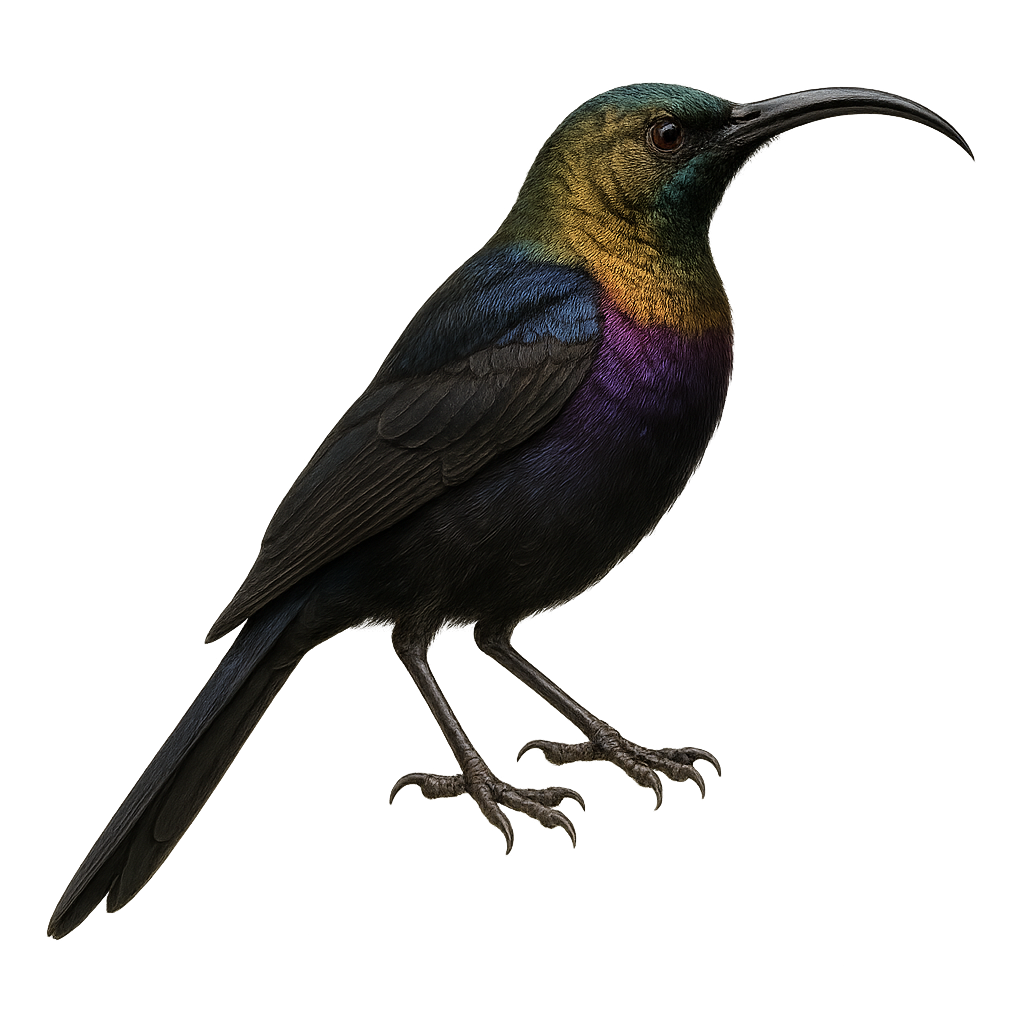Your wildlife photography guide.
Explore the tacazze sunbird in detail, study its behavior, prepare your shots.
Where to observe and photograph the tacazze sunbird in the wild
Learn where and when to spot the tacazze sunbird in the wild, how to identify the species based on distinctive features, and what natural environments it inhabits. The WildlifePhotographer app offers tailored photography tips that reflect the tacazze sunbird’s behavior, helping you capture better wildlife images. Explore the full species profile for key information including description, habitat, active periods, and approach techniques.
Tacazze Sunbird
Scientific name: Nectarinia tacazze

IUCN Status: Least Concern
Family: NECTARINIIDAE
Group: Birds
Sensitivity to human approach: Suspicious
Minimum approach distance: 5 m
Courtship display: February to March
Incubation: 13-15 jours
Hatchings: February to April
Habitat:
Forests, wooded areas, gardens
Activity period :
Primarily active during the day, with peak activity in the morning and late afternoon.
Identification and description:
The Tacazze Sunbird is a bird from the Nectariniidae family, mainly found in the mountainous regions of East Africa. It is easily recognizable by its iridescent plumage, which ranges from metallic green to deep purple, depending on the light angle. Males display brighter colors than females, who are generally duller. This bird primarily feeds on nectar but supplements its diet with insects and spiders. It is often seen in gardens, forests, and wooded areas, using its long curved beak to access flowers. The Tacazze Sunbird is a diurnal bird, active mainly in the morning and late afternoon.
Recommended lens:
400 mm – adjust based on distance, desired framing (portrait or habitat), and approach conditions.
Photography tips:
To photograph the Tacazze Sunbird, it is advisable to use a telephoto lens of at least 400mm to capture the details of its iridescent plumage without disturbing it. Look for it early in the morning or late afternoon when it is most active. Be patient and discreet, as this bird can be suspicious. Focus on flowering areas where it feeds on nectar. Use a fast shutter speed to freeze its quick movements and a tripod to stabilize your camera.
The WildlifePhotographer App is coming soon!
Be the first to explore the best nature spots, track rutting seasons, log your observations, and observe more wildlife.
Already 1 432 wildlife lovers subscribed worldwide

